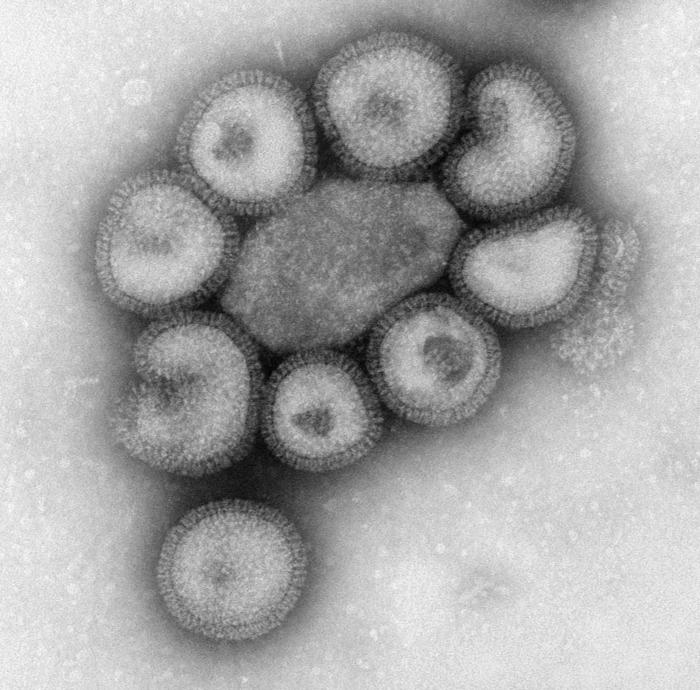Research looking at the shape of the H1N1 pandemic flu virus has revealed why seasonal flu vaccines don't offer any protection, but also suggests why the older generation are more likely to have immunity to the pandemic virus.
Two papers, one published in the journal Science by Ian Wilson and colleagues, the other in Science Translational Medicine by Gary Nabel et al., looked at slightly different aspects of the virus, and together make some interesting conclusions.
 Writing in in Science Translational Medicine, Gary Nabel and colleagues exposed mice to seasonal and pandemic flu strains both 1918 and 2009, and analysed the antibodies they produced in response. They found that the antibodies against pandemic viruses protected the mice from both the 2009 and 1918 pandemic flu, but that seasonal flu antibodies offered no protection from pandemic viruses. They did, however, protect very well against the against seasonal flu. This tells us that there is something about the structure of both pandemic viruses that antibodies can lock onto - something they don't share with the seasonal flu virus particles.
Writing in in Science Translational Medicine, Gary Nabel and colleagues exposed mice to seasonal and pandemic flu strains both 1918 and 2009, and analysed the antibodies they produced in response. They found that the antibodies against pandemic viruses protected the mice from both the 2009 and 1918 pandemic flu, but that seasonal flu antibodies offered no protection from pandemic viruses. They did, however, protect very well against the against seasonal flu. This tells us that there is something about the structure of both pandemic viruses that antibodies can lock onto - something they don't share with the seasonal flu virus particles.
They found, and these results were confirmed by the analysis of the crystal structure of the viruses published in Science, that the antibodies were attaching to a protein that sits on the outside surface of the virus - called the spike protein - so called because it helps to infect cells. Interestingly, the structure of the spike protein is very similar in both the 1918 and 2009 pandemic viruses. They share a nearly identical epitope - that's a region of a molecule with a defined shape to which an antibody can attach.
In the seasonal virus, however, the spike protein is obscured by two sugar groups - this stops the host immune system from recognising the virus, and is one reason why vaccines designed for pandemic viruses offer no protection from seasonal forms.
Not only does this tell us why you don't develop immunity to both types of flu, but it also hints at why older people were more likely to be protected against last year's H1N1 pandemic - exposure to the 1918 strain as a child may well have attuned their immune system to the shape of the spike protein, and therefore offered some immunity.
References
- Previous Electrical Desalination
- Next Targeting cancer's Achilles' heel










Comments
Add a comment